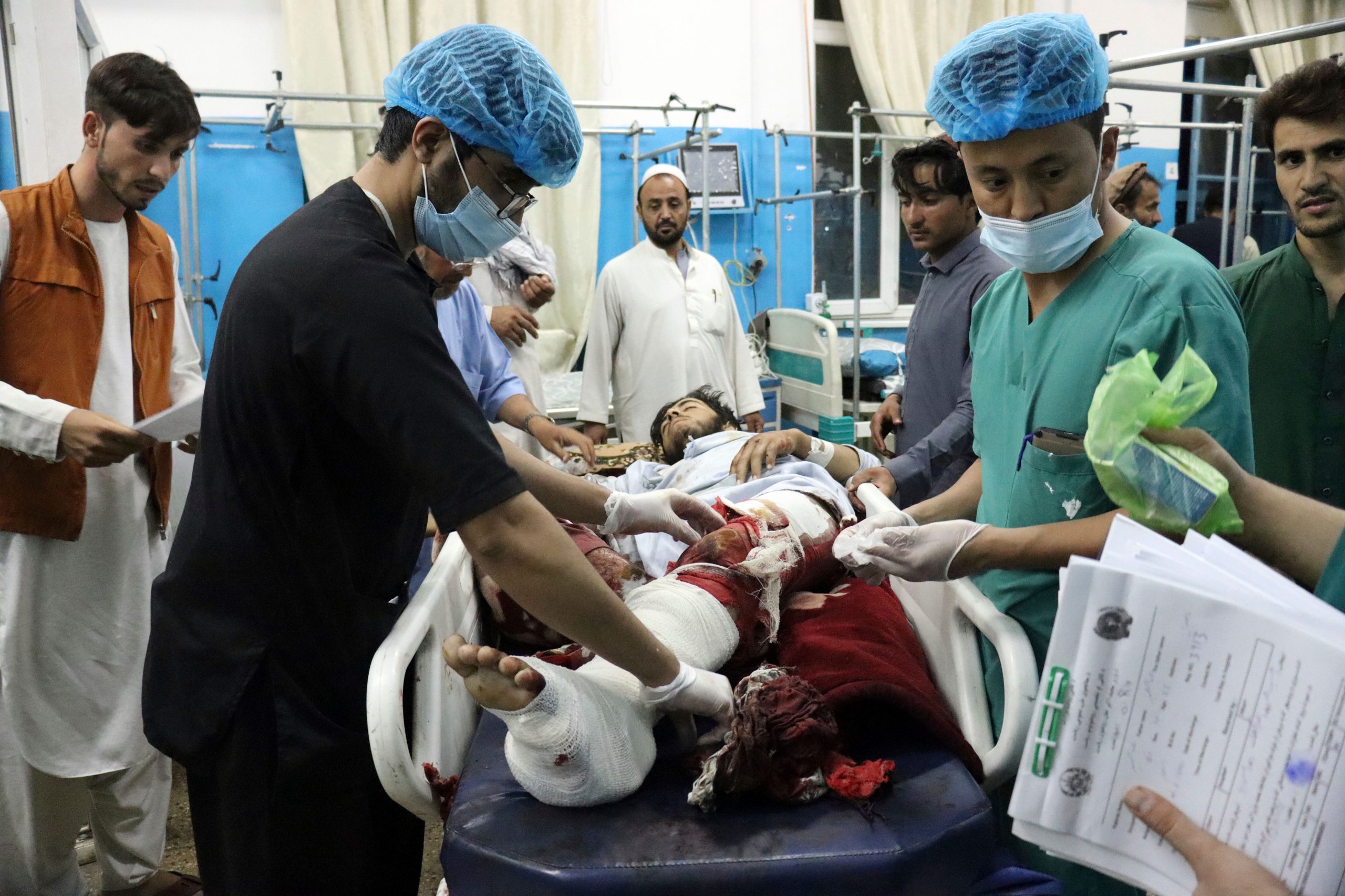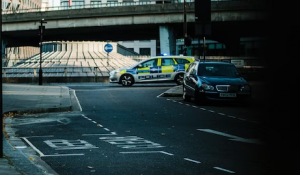The twin blasts that tore through crowds thronging the Kabul airport on Thursday is seen as a manifestation of the Taliban versus Islamic State fight for control of Afghanistan. More than 73 people were killed and hundreds were injured as two suicide bombers and gunmen targeted crowds flocking to the airport.
Also read: World in grief, leaders condemn ‘barbaric’ attacks in Kabul
Islamic State (ISIS), a rival of the Taliban and an enemy of the West, said its suicide bombers targeted “translators and collaborators with the American army”. The last attack claimed by it was on June 8 in Baglan, where gunmen killed 10 people involved in charity work with British organisation Halo. Most of the victims belonged to the Hazara community, who are Shia. Earlier, ISKP had claimed responsibility for an attack on a Kabul school, once again targeting the Hazara community. Most of the 100 killed were children.
The Islamic State has been dismissive of the current Taliban advances in Afghanistan, calling them “Mullah Bradley” project, in other words indicating that they were a proxy for the US. In an editorial in its weekly paper al Nabha last Friday, the Islamic State criticised the “new Taliban” for wearing a “guise of Islam”. This they said was meant to undermine ISIS. The IS, through the editorial, also warned that it was preparing for a new phase of jihad.
Their recent attacks have been mainly directed at US forces as ISKP struggled to keep control of strategically important provinces of Nangarhar and Kunar . But, now that the US forces have left the country, it is going to be a Taliban versus ISIS fight for the control of the troubled nation.
US President Joe Biden has warned that it is in the interest of the Taliban that the ISKP does not “metastasize” beyond what it is.
The ISKP came into existence in 2014 when a group of disgruntled Taliban fighters broke away rebelling against the leadership of Mullah Fazlullah. The group pledged allegiance to Islamic State leader Abu Bakr al-Baghdadi.
The Islamic State-Khorasan was formally recognised by the Islamic State leadership in 2015 after it established control over northeastern Afghanistan, especially in Kunar, Nangarhar and Nuristan provinces.
They joined forces with other groups such as Lashkar-e-Jhangvi al-Alami, Lashkar-e-Islam, and foreign ones such as the Islamic Movement of Uzbekistan (IMU), the Uighurs, and rebels from the Afghan Taliban.






